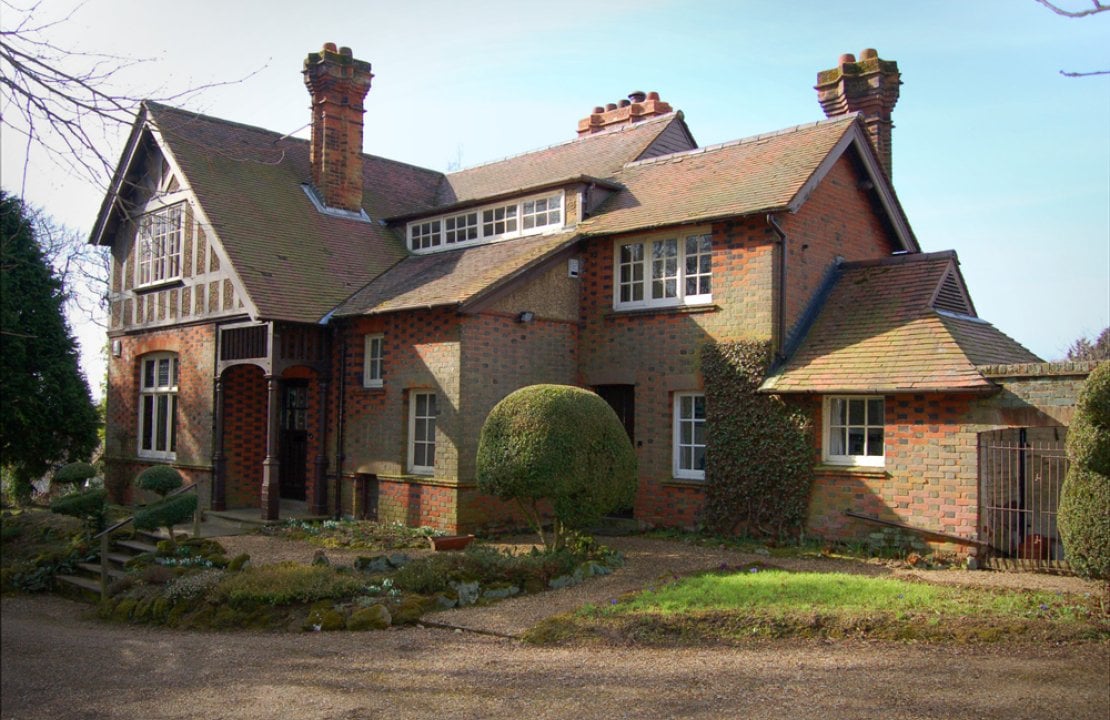What state is the property in now?
To assess the state of the property now look beyond the superficial. Sometimes houses that have serious underlying problems have been cheaply patched up in order to cover up these issues. For example a house that has lots of cracks in walls, potentially due to serious issues such as subsidence or structural roof issues, had been redecorated and cracks filled in order to mask the problems and get it sold. Another house had a dry rot problem masked by clever disinfecting and boxing in of a cupboard under the stairs. Worry more about freshly redecorated properties that are otherwise in poor condition, rather than obviously neglected properties that have decades old decoration and avocado bath tubs. If a seller is happy to show you a house warts and all, it’s less likely they are trying to pull the wool over your eyes. If you are not extremely confident and experienced about building renovation and how to spot structural issues, always get a surveyor to do a full structural survey before going through with the purchase of the property. Also look at what other similar properties have sold for in a similar state of disrepair in your area to judge whether the price is fair. There are several websites that identify houses that have sold and their selling prices.
How much will the work cost?
To assess the cost of the works you would need to undertake, firstly make a list of what you think needs addressing within the house. Then talk to several different builders and if possible meet them and take them around the house to get a good overview of any areas of work that you might have missed. If it’s not possible to do this, email them pictures and room sizes to get an idea of the work required. The reason it is better to talk to more than one builder is because people are naturally likely to take a more pessimistic or optimistic view so it is dangerous to rely on the opinion of one person. If you get one very optimistic quote from a builder and rely on this quote 100%, you may find that you buy a property without sufficient budget to do the work if other issues come to light later. If you rely on a pessimistic quote, this could put you off buying the house altogether, and potentially missing out on a gem that is not as bad as it looks. Take a balance of opinions and an average of the quotes you have received to do the work to make a decision about whether the scope of works is affordable in relation to the purchase cost of the property. Always build in 10 but ideally 25% contingency to your renovation budget.
Tips about using builders
Never tell a builder you are completely inexperienced at property renovation as this could be cause for you being financially exploited. Always ask for all quotes in writing stating the full scope of work and what is and isn’t included in the quote. Ask to see liability insurance certificates. You can save a substantial amount of money by buying all materials yourself on account; if you are doing a large project requiring lots of materials, builders merchants such as Jewsons will happily allow you to set up a trade account with the related discounts.
What will the selling price be once the project is complete?
You need to ensure that your purchase price plus your renovation costs do not exceed a final realistic selling price. And I think you should make a little bit of money for your time and trouble of undertaking a potentially stressful project. Look at the prices similar properties in your area have sold for. Make sure you are comparing like with like ie if your house is 4 bedrooms, do not compare it to a 5 bedroom house; nor should you compare it to a house on a side road if your house is on a main road; nor should you compare it to an end of terrace backing onto parkland if yours is a mid terrace backing onto a railway line. You get the picture!
If you know the answer to a), b) and c) above and the sums do add up, once you have factored in the cost of buying the property (stamp duty, solicitors fees, removal fees etc), and you are still excited about the project, you should get on the phone and put your offer in. Good luck!
See our other articles for help with individual elements of your project such as decoration, making your Victorian house green, choosing period lighting and customer tips about what they wish they'd known about their period property before they bought it.
The Victorian Emporium sells a vast range of renovation products to delight and insprire the renovator of Victorian houses.

Be the first to add a comment...